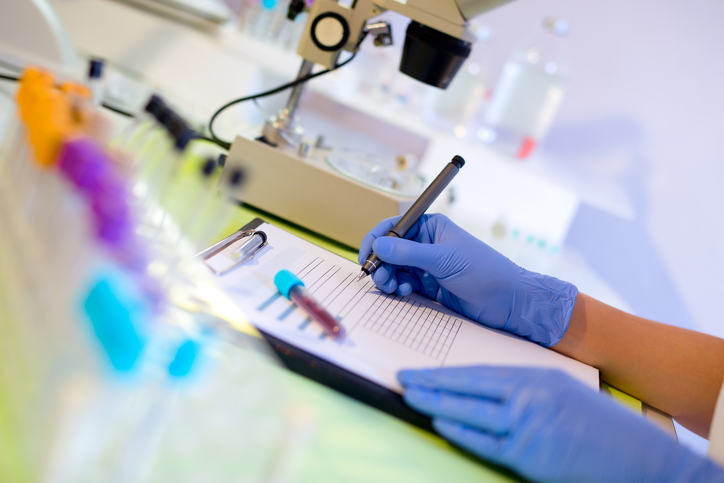
Without proper quality control practices, laboratory procedures can run off the rails, potentially leading to disastrous consequences. For example, in the 1970s a product safety testing institution called Industrial Bio-Test Laboratories found itself at the centre of a serious scandal. The company was found to be actively involved in scientific misconduct and fraud by providing false testing results to the companies they were testing products for.
Over one third of all of the United State’s toxicology testing was performed in their labs, making the impact of their errors catastrophic and leaving the industry forever changed. Because of this, in 1978 the US Food and Drug Administration (FDA) developed a set of Good Laboratory Practices (GLP). Today, GLPs govern the way countries like the US and Canada carry out non-clinical testing and recording of data.
Are you interested in pursuing a career in pharmaceuticals and quality control? Get a head start on your studies by reading about Good Laboratory Practices.
The Definition of Good Laboratory Practices
By Health Canada’s definition, GLP’s role in Canadian labs is to mandate the processes and conditions of non-clinical health and environmental studies. This includes all pre-clinical trials for treatments, medications, and vaccines, helping to determine their safety before these new drugs and therapies begin human trials. GLP regulates how studies are planned, conducted, monitored, recorded, reported, and archived.
This means GLP oversees laboratory testing in the health and environmental fields, ensuring their procedures are up to standard. Students learn about GLP during their quality assurance training, because it plays such a crucial role in ensuring quality assurance in pharmaceutical industries.

AAPS students learn about GLP during their Pharma Lab Testing course
In Canada, the sole authority responsible for monitoring GLP is The Standards Council of Canada (SCC). As a member of the Organization for Economic Co-operation and Development (OECD), Canada has vowed to practice the use of GLP and keep standards high through the SCC. This helps regulate international standards for non-clinical laboratory testing, making international trade between Canada and other countries much easier.
The Purpose of GLP and Quality Assurance in Pharmaceuticals
The purpose of GLPs is to promote quality and unified test data. GLP provides a sound approach to managing laboratory studies. This includes all stages of studies including the processes of conducting, reporting, and archiving them. When companies comply with GLP standards, it ensures that their findings are of high quality, reliability, and integrity. It also ensures that test findings across the country as well as internationally are all tested to the same standards. This helps when pharmaceutical quality control professionals are comparing the outcomes of studies that were performed in different labs.

GLP regulates the reporting of testing results
GLPs’ Main Concerns with Pharmaceutical Quality Control
- GLP regulates five main areas throughout the various stages of a non-clinical study:
- GLP regulates resources. This could include lab and testing personnel, facilities, and equipment.
- GLP regulates test items and testing systems. A test item is what is being tested. Testing systems is the object they are being tested on. The GLP mandates specific details are recorded about each.
- GLP oversees rules, including testing protocols and standard operating procedures (SOPs).
- GLP dictates testing results. This could include the reporting of raw data, the final report, and the archival system.
- GLP also regulates quality assurance and the independent monitoring of research processes.
By regulating these key areas of concern, GLPs ensure that all non-clinical research across Canada is held to the highest standards of quality.
Are you interested in learning more about GLP during pharmaceutical courses in Toronto?
Contact an advisor at AAPS today to get started!



